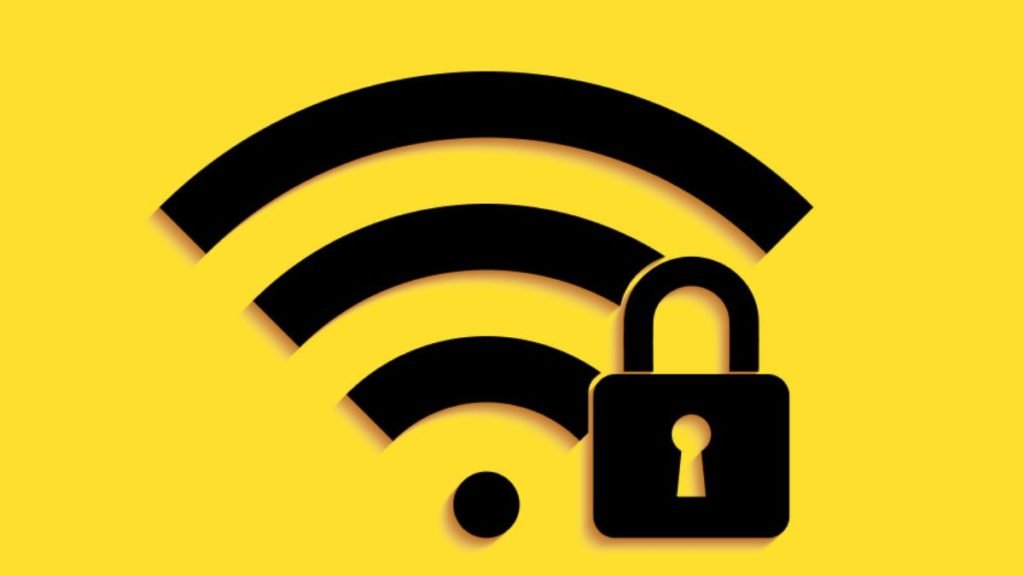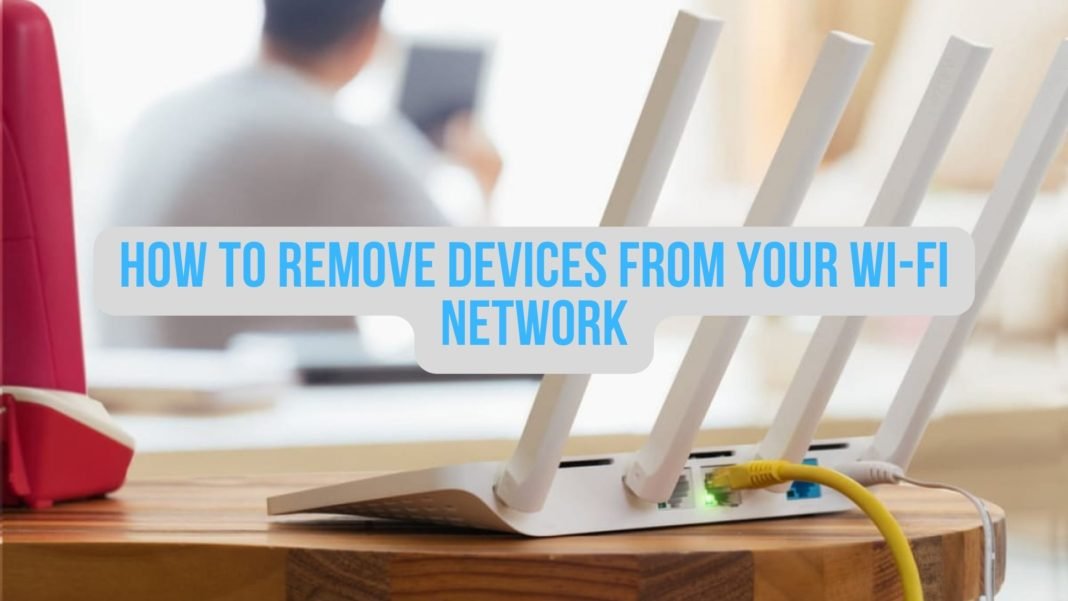Welcome aboard! We’re about to embark on a journey through the digital seas, navigating the sometimes choppy waters of Wi-Fi networks. Our destination? A more secure, organized, and efficient network courtesy of understanding how to remove devices from your Wi-Fi network. So grab your captain’s hat, and let’s set sail!
How to Remove Devices from Your Wi-Fi Network?
Understanding Your Wi-Fi Network
Before we dive right in, it’s essential to get a lay of the land—or rather, the network. Your Wi-Fi network is like your home’s digital heartbeat, pumping data to every connected device. So, just as you wouldn’t want uninvited guests in your home, you wouldn’t want unauthorized devices on your network.
Why Remove Devices?
You might be asking, “Why should I bother?” Well, for starters, every device on your network is a potential security risk. Think of your network as a castle—the fewer gates you have, the fewer entries there are for potential invaders. By removing unnecessary devices, you’re essentially shutting down those extra gates.
Moreover, each device eats into your bandwidth. It’s like guests at a buffet; the more you have, the less there is to go around. Removing devices can free up bandwidth, leading to faster, smoother online experiences for you.
Spotting Unwanted Devices
First things first, we need to identify the devices that don’t belong. It’s like playing detective—some devices might be obvious, like your old smartphone that’s now a glorified paperweight. Others might be less so, hidden behind cryptic names and numbers.
Your router’s interface is the key here. By accessing it, you can see a list of all connected devices. Remember, every device has a unique MAC address—a string of numbers and letters that serves as its digital fingerprint. Keep an eye out for unfamiliar or suspicious MAC addresses.
Removing Devices: Step by Step
Alright, now that we’ve got our suspects, it’s time for the main event—removing these devices from your Wi-Fi network. Here’s the step-by-step process:
- Access your router’s interface: You’ll typically do this by typing the router’s IP address into a web browser.
- Log in: Use your admin credentials. If you haven’t changed them from the defaults, now’s a good time to do so.
- Navigate to the connected devices: The exact location varies by router, but look for sections labeled “connected devices,” “network map,” or something similar.
- Identify the device: Use the MAC address to find the device you want to remove.
- Remove the device: Again, the exact method depends on your router. Look for options like “block,” “disconnect,” or “remove.”
Extra Steps for Security

Change Your Wi-Fi Password
Changing your Wi-Fi password is a good idea after removing devices. It’s like changing your locks after a break-in. Sure, you’ve removed the intruder, but you want to make sure they can’t just waltz back in
Enable MAC Address Filtering
Another handy trick is to enable MAC address filtering. It’s like having a guest list at a party—only devices with their MAC addresses on the list can connect. It’s a bit more work, but the extra security is worth it.
Keep Your Router Firmware Updated
Lastly, don’t forget to keep your router firmware updated. It’s like giving your castle walls a fresh coat of paint and reinforcing the gates—updates often patch security vulnerabilities and add new features.
FAQs
1. How often should I check the devices connected to my Wi-Fi network?
The frequency can vary based on your specific needs and the amount of traffic on your network. However, it’s a good practice to do a monthly check. If you notice a significant slowdown in your connection or any suspicious activity, check immediately.
2. How do I identify an unknown device connected to my network?
Most devices will be named something recognizable, like “John’s iPhone” or “Living Room Smart TV.” If a device doesn’t have a recognizable name, its MAC address is the next best clue. A quick Google search can often identify the manufacturer.
3. What should I do if I can’t remove a device from my network?
If you’re having trouble removing a device, you might need to reset your router to factory settings. Remember, this will remove all your current settings, so it’s a last resort. If you’re still having problems, consider contacting your ISP or a tech-savvy friend.
4. What is a MAC address?
A MAC address (Media Access Control address) is a unique identifier assigned to a network interface controller (NIC) for use as a network address in communications within a network segment.
5. Can I limit the number of devices connected to my Wi-Fi network?
Yes, most routers allow you to set a limit on the number of devices that can be connected simultaneously.
6. Can a device I’ve removed reconnect to my Wi-Fi network?
Yes, unless you’ve changed your Wi-Fi password or enabled MAC address filtering, a device you’ve removed can usually reconnect if it has the password.
Understanding how to remove devices from your Wi-Fi network is a crucial skill for any modern netizen. Not only does it help declutter your network, but it also significantly enhances its security. So, don’t let those unwanted devices hang around—give them the boot and enjoy a smoother, safer online experience.
Your Wi-Fi Network, Your Rules
There you have it—a comprehensive guide on how to remove devices from your Wi-Fi network. It might seem a bit daunting at first, but with a little practice, you’ll be managing your network like a pro in no time. Just remember, your network is your domain, and you’re the one who sets the rules.












